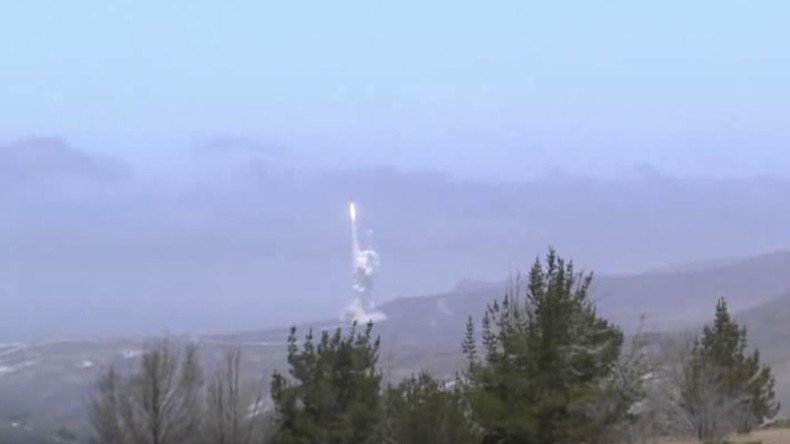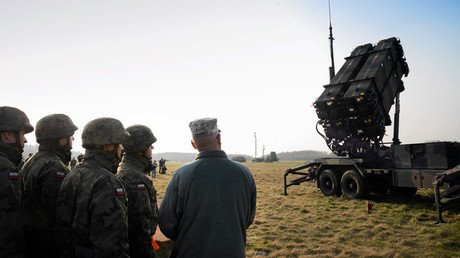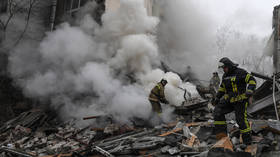US missile defense blasted as ‘flawed,’ wasteful & dangerous

The US missile defense system deployed in Alaska and California does not work, suffers from “fundamental flaws,” and endangers the country by encouraging reckless foreign policy, the Union of Concerned Scientists says.
In a new 60-page report, Shielded from Oversight: The Disastrous U.S. Approach to Strategic Missile Defense, the union takes aim at the Ground-based Midcourse Defense (GMD) system, set up under President George W. Bush but later embraced by the Obama administration.
The report, signed by UCS researchers Laura Grego, George Lewis and David Wright, “found fundamental flaws throughout the missile defense program, from its administration and oversight procedures to the tough technical realities of defending against a nuclear strike.”
As part of the efforts to de-escalate the Cold War, the ABM treaty of 1972 outlawed missile defense research. In 2002, the US withdrew from the treaty and established the Missile Defense Agency. The GMD system was intended to defend the US from a “limited” nuclear attack by non-superpowers, such as North Korea or Iran, the report noted. To make it operational as quickly as possible, the MDA was exempted from Pentagon procurement and testing requirements, drawing funding from research and development budgets.
The MDA set up two sites, one in Fort Greely, Alaska, and the other at the Vandenberg Air Force base in California, with 30 interceptor missiles deployed by now and another 13 on the way. Fourteen years and $40 billion later, however, the system has failed to demonstrate that it would actually work to defend the US from limited attacks, let alone a general nuclear exchange.
Asked for comment about the report, MDA spokesman Chris Johnson told the Los Angeles Times that the National Missile Defense Act of 1999 called for deploying an effective system “as soon as was technologically possible.”
According to the USC, however, the GMD counter-missiles “consistently failed intercept tests — six out of nine — despite heavily-scripted test conditions,” the report notes. “None of the tests have been operationally realistic.”
Almost all of the interceptors were deployed at the two locations before their design was successfully tested even once, the report says. “Given the problems with the current development process, the GMD is not on a credible path to achieving an operationally useful capability,” the authors conclude.
The US missile defense system is a joke https://t.co/XLOl4zvn7G via @nypost (Not a headline I would have chosen, but not entirely untrue.)
— Stephen Young (@StephenUCS) July 14, 2016
“US officials have strong incentives to exaggerate the capability of the GMD system to reassure the public and international allies—and have done so, despite its poor test record,” the report adds.
Pursuing a strategic missile defense system may actually make the US less safe, the researchers argued in their recommendations, by “encouraging a riskier foreign policy” as well as “short-circuiting creative thinking about solving strategic problems diplomatically, and by interfering in US efforts to cooperate with other nuclear powers on nuclear threat reduction.”
The scathing analysis of the GMD comes a week after the Los Angeles Times published documents showing that the January 2016 test – lauded by the contractors as a great success – was actually a failure, with the interceptor flying far off course due to a thruster malfunction. One of the Pentagon scientists who spoke to the paper on condition of anonymity described the official reports about the test as “hyperbole, unsupported by any test data.”
The Union of Concerned Scientists was founded in 1969 at the Massachusetts Institute of Technology, calling for scientific research to be directed away from military technologies and used for “solving pressing environmental and social problems” instead.













